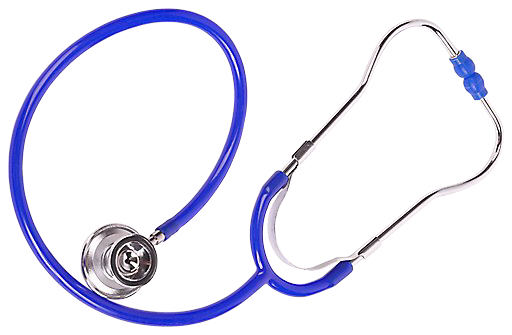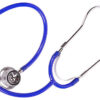Children are not small adults, and infants are not small children. Each are unique and require different interventions and treatment modalities. It is imperative that nurses and other healthcare providers in all health care settings – from home to primary to acute care – be prepared to identify and intervene as early as possible with respiratory situations, GI-related conditions, and two of the major maladies of childhood: fever and diarrhea.
As pediatric healthcare providers, it is essential that we grasp and understand the underlying causes of these pediatric clinical challenges. Secondary to both anatomical and physiological etiologies, children with these conditions may present with acute illnesses, flare-ups of chronic conditions or life-threatening complications.
The pediatric patient can present with a myriad of causes contributing to their unexplainable symptoms. Does this sound familiar… Your patient’s parents report increasing symptoms over the past 7 to 10 days. He’s “always been a good sleeper” but his sleep has been impacted now. The little guy is experiencing recurrent fevers, and is seemingly unresponsive to anti-pyretics. He appears restless, “not himself”, and his appetite and fluid intake have been less. While his asthma had been “stable”, he seems to be manifesting increasing symptoms and the albuterol is not helping with the wet cough and is making him gag and “vomit”. Could this case turn south? And how quickly could that happen?
Over the course of this recording, you will learn practical strategies to integrate symptomology and appropriate diagnostics into your differential diagnosis. You will gain an enhanced ability to pinpoint etiology by understanding the inter-relationship of signs/symptoms with new differentiation skills to know when to treat the “cause” versus the “symptom”. You will leave able to intervene quickly and appropriately for the young patients trusted to your care!


